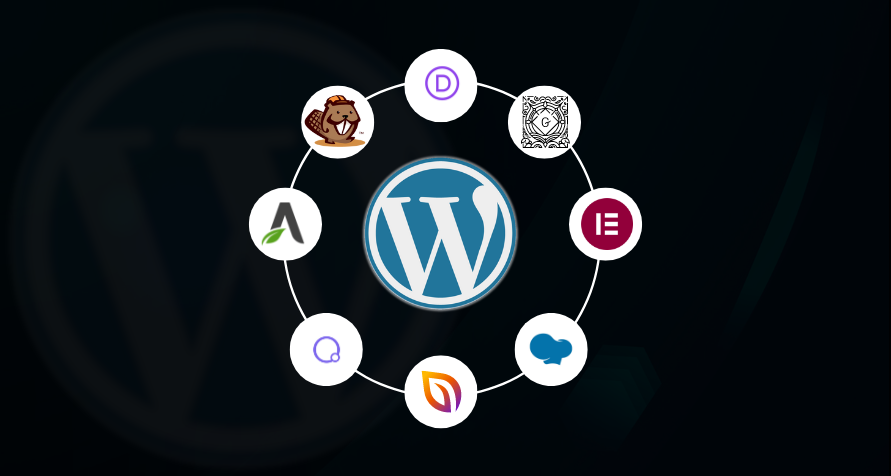So, Next.js 13 has arrived. And, yes, they’ve changed a number of things again. If you’re still using the old version or are considering trying Next.js for the first time, this version is worth giving a try.
1. That new app router thing
So before, we had a pages folder to make routes, but now they’re pushing us to use this new app folder. Maybe it looks weird the first time you use it, but once you try it, it kind of makes sense. You get more control, you can make layouts and loading states without writing extra code. It’s cleaner, I guess, especially when the project is big.
2. Server components – less junk in the browser
This is cool. Basically, you can now run some parts of your app only on the server. So your user doesn’t need to download all that code. Makes your site lighter and faster. As we say, less JavaScript means less headache for both users and developers.
3. Faster Loading with Suspense & Streaming
You know how pages take time to load fully? With this new feature, the parts of the pages will appear once they are ready. No need to wait for everything to load. So it feels fast even when it’s not. Big win for user experience.
4. layout.js is here
If you feel done with repeating the same header and footer code on every page, you can now simply shift that data into a layout.js file. It combines all your pages. A simple idea that saves time and is more beneficial.
5. SEO stuff got easier
They added built-in SEO handling. You can use it in the title, meta description, and OG stuff straight inside your app folder. Don’t need extra libraries or hacks. Which makes life easier.
6. Fonts and images – no more pain
They improved the Image component and added next/font. Which means your fonts load fast and don’t block your page. Additionally, images are now handled more effectively. Pages feel lighter. Honestly, it just works so easily.
7. API routes are still there
Nothing changed there, which is a good thing. You can still build your backend stuff right inside the project. And great if you’re building small apps or just don’t wanna set up a full backend.
8. File routing still works
Even with the new app router, the old file-based routing remains functional as it is. You name a file, and it becomes a route. Simple. Now, you have extra options if you want to explore in detail.
9. Works well with Vercel
No surprise, but yes, deploying on Vercel is super smooth. Push your code and done. Everything is already tuned on for speed.
Final messy thoughts
So, Next.js 13 isn’t a release with that many massive changes, but it adds a lot of features that save time and make development work cleaner. It might feel weird at first, but once you get familiar with it and use it, you won’t wanna go back. If you’re building something now or soon, consider upgrading to v13 already.






